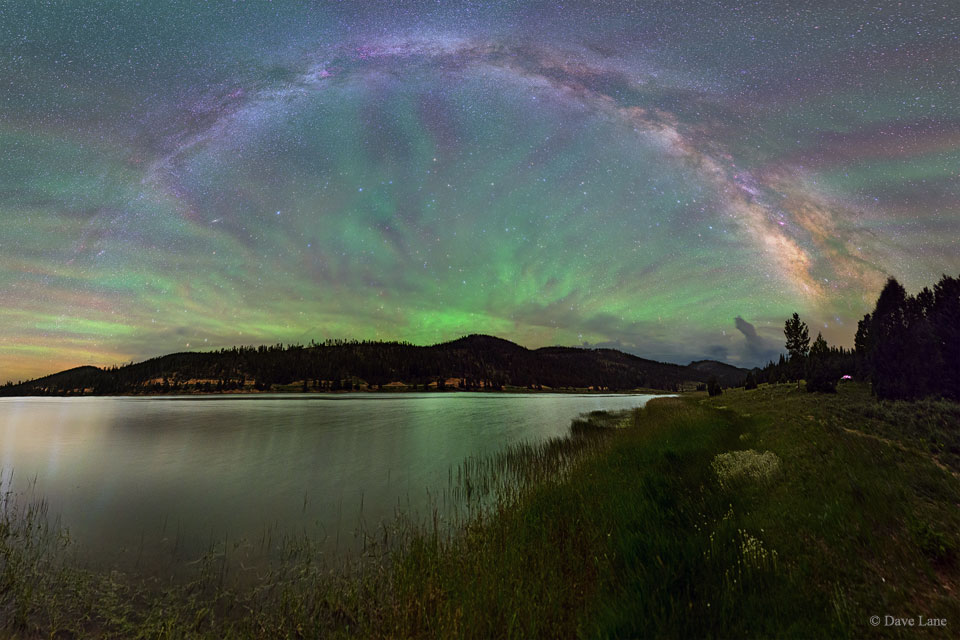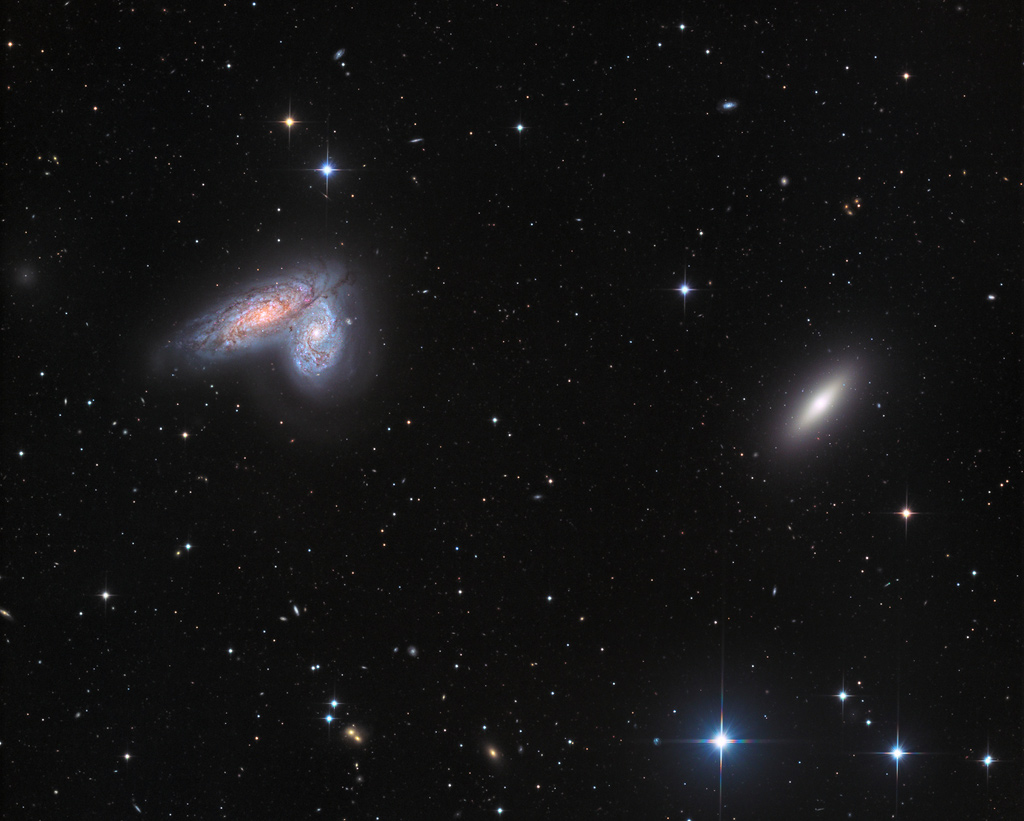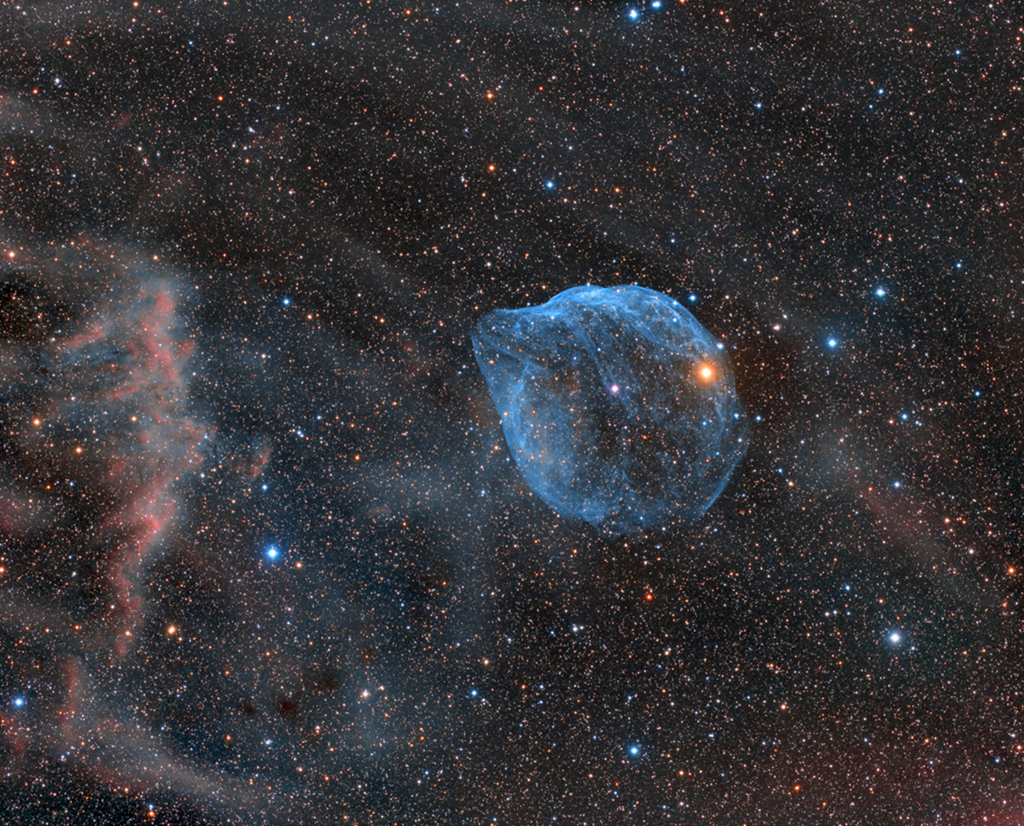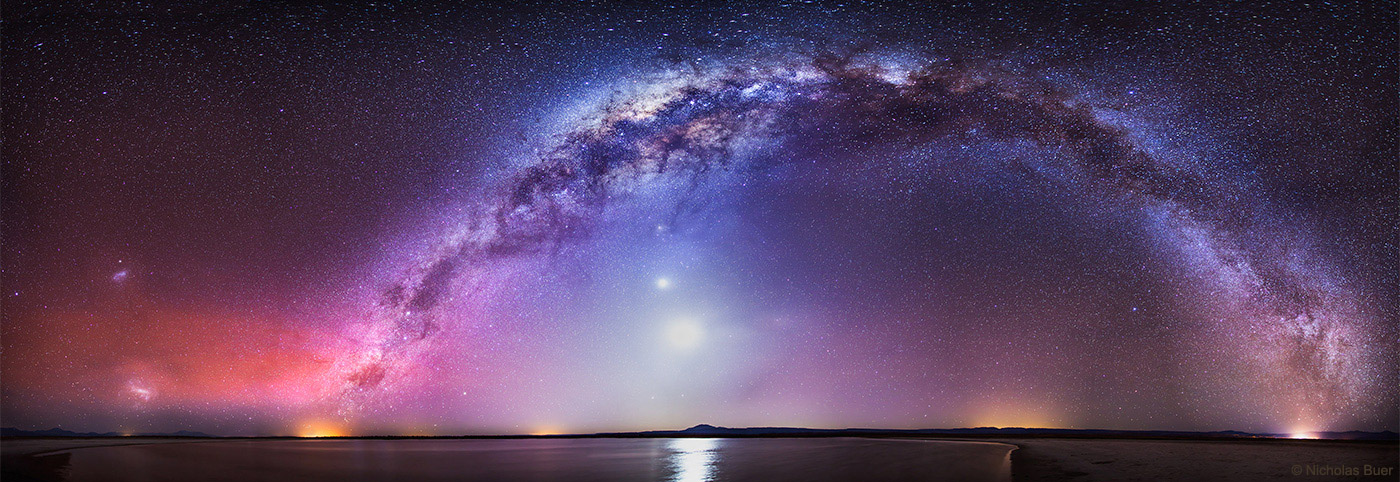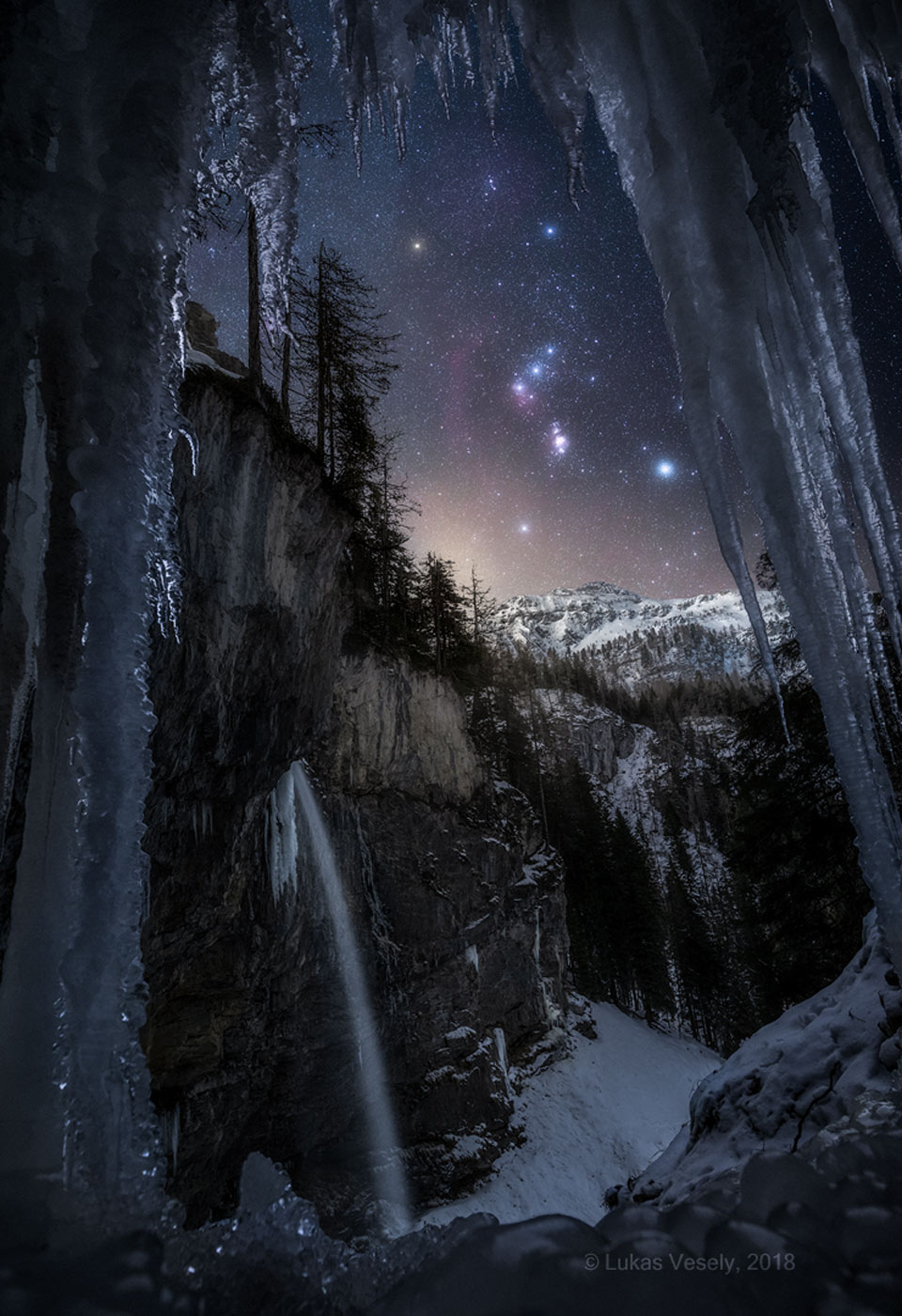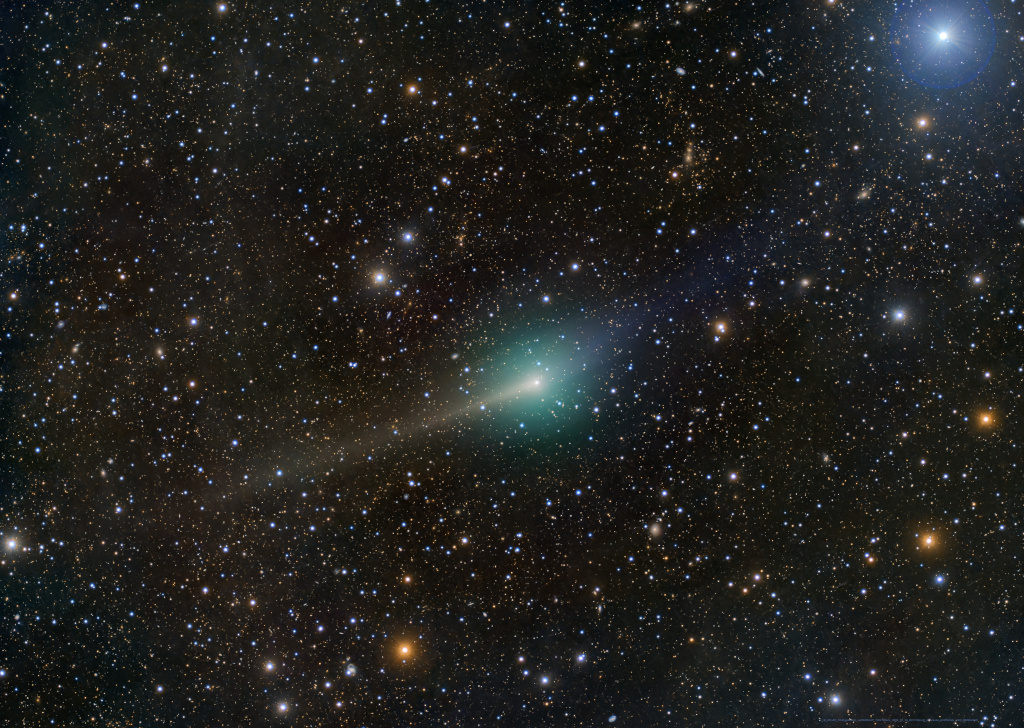Dans les organes, dans le cerveau, dans les cellules... la science a découvert ce qui se passe dans le corps quand on meurt. Une chronique de Thomas Cavaillé-Fol sur Science & Vie TV.
En 2018, trois expériences différentes ont permis de voir la mort... et même de la filmer ! Surprise : mourir, ce n'est pas s'éteindre d'un coup. Au contraire, c'est un processus auquel prennent part tous nos organes et cellules, par l'activation de certains gènes. Tout commence dans le cerveau, où la faucheuse frappe en premier. Récit de comment la vie quitte le corps par Thomas Cavaillé-Fol, journaliste au magazine Science & Vie.
Science & Vie
